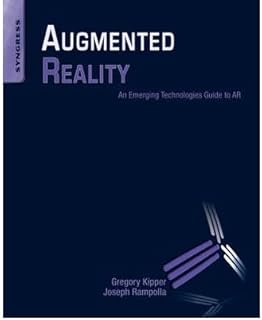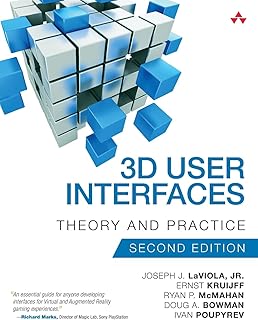A recent study investigated the impact of an exercise program incorporating augmented reality on the functional fitness and physical activity of older adults living in the community. The research aimed to address the decline in functional fitness and physical activity commonly observed with aging. Functional fitness, crucial for daily tasks and independence, encompasses various components such as cardiorespiratory fitness, balance, strength, agility, flexibility, and body composition. Physical activity, on the other hand, offers numerous benefits, including physical, cognitive, and psychological well-being.
In recent years, studies have explored the effects of different exercise programs on older adults, including aerobic, balance, and aquatic training. The integration of technology, particularly augmented reality (AR), into physical activity programs has gained interest due to its potential to enhance engagement and enjoyment. AR offers virtual experiences in the real world, providing new and safer opportunities for older adults to engage in physical activity without exposure to risky environments.
The study involved 78 community-dwelling older adults divided into a control group and two experimental groups. The control group maintained their usual activities, while the experimental groups engaged in multimodal training with or without augmented reality. Assessments were conducted before and after a 12-week intervention period, evaluating functional fitness and physical activity levels.
Results indicated significant improvements in functional fitness across all groups. The multimodal training combined with augmented reality program demonstrated more extensive enhancements in various domains compared to the program without AR. Both interventions led to positive changes in functional fitness, with the AR-enhanced program showing greater effects.
Furthermore, the study highlighted the potential of augmented reality in promoting engagement and physical activity among older adults. By incorporating AR into exercise programs, participants experienced interactive and stimulating workout sessions, potentially reducing sedentary behavior and enhancing overall well-being. The findings suggest that technology-enabled fitness programs, particularly those utilizing AR, play a valuable role in active aging strategies and can contribute to improving physical function and reducing sedentary behavior in older populations.
While the study presented promising outcomes, some limitations were noted, such as the lack of random assignment of participants and the seasonal impact on motivation due to high temperatures. Future research may benefit from incorporating heart rate monitoring to assess exercise intensity more accurately and addressing these limitations for a more comprehensive understanding of the benefits of AR-enhanced exercise programs for older adults.
📰 Related Articles
- Soy-Based Diet Boosts Children’s Academic Performance, Study Finds
- Morning Coffee Boosts Mood, Study Finds
- Study Shows Signal Priority Boosts Job Accessibility in Warsaw
- Study Shows Resilience Project Boosts Student Mental Health Long-Term
- Study Reveals Smartphone Test Boosts Kidney Disease Diagnosis Rates




